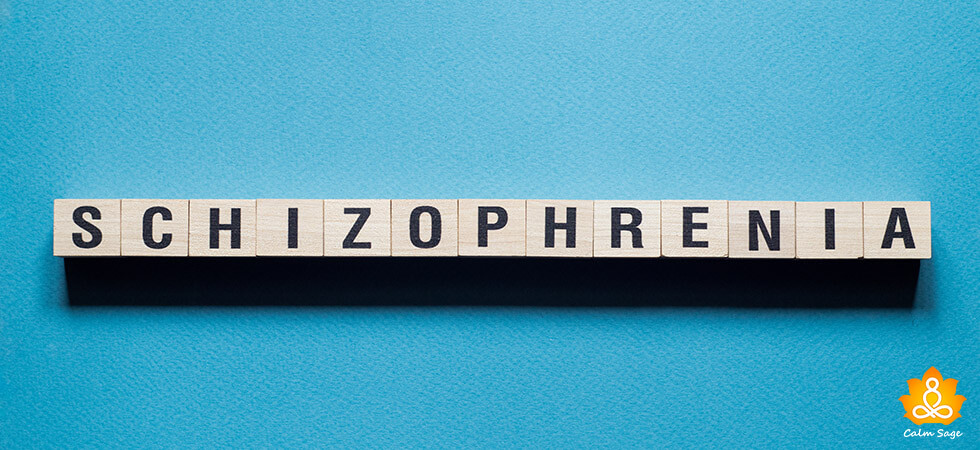All You Need To Know About Catatonia Or Catatonic Behavior

Have you ever seen yourself or your loved one exhibiting unusual behavior or disturbed movements? Such agitated movements are referred to as catatonia. Catatonia or catatonic behavior is common research shows that around 10% of people hospitalized for psychiatric conditions almost show catatonic behavior.
If not handled properly, catatonic behavior can become life-threatening, but the good news is that they are treatable and manageable. In this blog, let us read everything we all need to know about catatonia or catatonic behavior. So, let’s get started!
What is Catatonic Behavior?
Catatonia is a psychomotor disorder that can be identified by unusual movements or behavioral disturbances. Basically, it affects behavior and speech functioning which can be manifested by lethargy, unresponsiveness, confusion, restlessness, and agitation.
Earlier, this condition only focused on motor symptoms. Currently, the incidence or prevalence of catatonic behavior is less than 10% of patients with acute mental health disorders, specifically affective disorders. Psychologists believe that due to less knowledge, this condition goes unreported most of the time.
Types of Catatonic Behavior
According to psychology, there are three main types of catatonic behavior. Catatonic behavior is listed under the “Diagnostic and Statistical Manual of Mental Disorders 5th Edition (DSM-5), but the types are not mentioned yet. Three types of catatonia are:
1.Akinetic Catatonia or Retarded
Akinetic catatonia is identified through a lack of movement or slow movement. A person struggling with akinetic catatonia might respond slowly to questions, visual stimuli, or loud noises. Behavioral characteristics of akinetic catatonia are immobility, staring, catalepsy, rigidity, and echolalia or echopraxia.
2.Excited Catatonia
Excited catatonia is characterized by excess or fast movements which are usually impulsive, agitated, or meaningless. Behavioral characteristics of excited catatonia are severe agitation, impulsivity, or mimicry. Excited catatonia is a less common type of catatonia.
3.Lethal or Malignant Catatonia
Lethal or malignant catatonia is characterized by autonomic dysregulation such as drastic changes in temperature, respiratory rate, blood pressure, or altered level of consciousness. Behavioral characteristics or symptoms of malignant catatonia are hyperthermia, heart rate changes, sweating, or delirium.
Symptoms of Catatonic Behavior

Symptoms of catatonia differ on the basis of its types. Generally, there are 12 symptoms of catatonia or catatonic behavior. According to the listing of DSM-5, there must be the presence of three symptoms out of all symptoms to meet the criteria of diagnosis:
- Agitation
- Catalepsy
- Echolalia (constant repetition of words said by other people)
- Echopraxia (mimicking movements of people)
- Grimacing
- Mannerisms
- Mutism (non-verbal or very less communication)
- Negativism (no response to questions or instructions or opposition)
- Posturing (active maintenance of posturing in contradiction of gravity)
- Stereotypy (involuntary or repeated rhythmic movements)
- Stupor (lack of speech or physical movement)
- Wavy flexibility (less resistance to posturing)
Causes of Catatonic Behavior
The exact cause of catatonic behavior is still not clear; however, psychologists believe that this condition can be triggered by the presence of psychiatric illness, neurological conditions, or other physical conditions.
-
Medical Conditions
Some medical conditions like renal failure, autoimmune diseases, infectious metabolism, or certain drug exposures can also cause catatonia.
-
Neurological Conditions
Some brain disorders like encephalitis or neurodegenerative diseases triggered by strokes or neoplasms can also cause catatonia.
-
Psychiatric Conditions
Psychiatric conditions like mood disorders, schizophrenia, bipolar disorder, or affective disorders can also cause catatonia.
Diagnosis of Catatonic Behavior
If you think you or your loved one might be struggling with catatonia or catatonic behavior, you must connect with a mental health or physical health provider to get the proper diagnosis.
To connect with a mental health professional through online platforms, refer to:

Great for a large network of licensed therapists
-
$60 to $90/week, billed every 4 weeks
-
Therapy via messaging, phone, or live video chat
-
Flexible cancellation at any time
20% off your first month

Great for CBT Based therapists
-
$40/week, billed every 4 weeks
-
Therapy via messaging, phone, or live video chat
-
Specialization for CBT based Therapy
20% off your first month

Best for Treatment Plants
-
$60 to $90/week, billed every 4 weeks
-
Therapy via messaging, phone, or live video chat
-
Flexible cancellation at any time
$100 off your first month with code SPACE
The diagnosis of catatonia is generally based on some observations. According to the DSM-5, people must have three or more three symptoms of catatonia to meet the criteria of diagnosis. Recently, catatonia was separated from the section of schizophrenia as catatonia is considered to be a specifier or major mental disorder.
Treatment of Catatonic Behavior
The major line treatment of catatonia are medications and electroconvulsive therapy (ECT):
Medications
Medications are considered to be the primary approach for treating catatonia. Medications like muscle relaxants, benzodiazepines, and tricyclic antidepressants are generally prescribed. Other commonly prescribed medications are amobarbital, lithium carbonate, Carbatrol, Parlodel, and Ambien.
Therapy
Electroconvulsive therapy (ECT) is known to be an effective treatment method. This therapy is generally performed under medical supervision in a hospital. Generally, the patient is sedated and electric shocks are delivered into the brain to change some amounts of neurotransmitters in the brain.
Key Takeaway: Coping with Catatonic Behavior
Along with therapy and medications, you can try the below-listed options for coping with catatonic behavior:
- During cases of extreme confusion or grief, people can also connect with a mental health professional or seek online therapy
- To combat negative thinking or feelings of guilt, you can also refer to cognitive behavioral therapy (CBT).
- Seek the support of loved ones or talk with them openly about your issues.
- Take medications on time and attend therapy sessions strictly.
I hope this blog helps you understand everything you need to know about catatonia or catatonic behavior. Comment down your queries related to catatonic behavior or you can also write us at calmsage.
For more such content, connect with us through all social media platforms.
Thanks for reading!




















